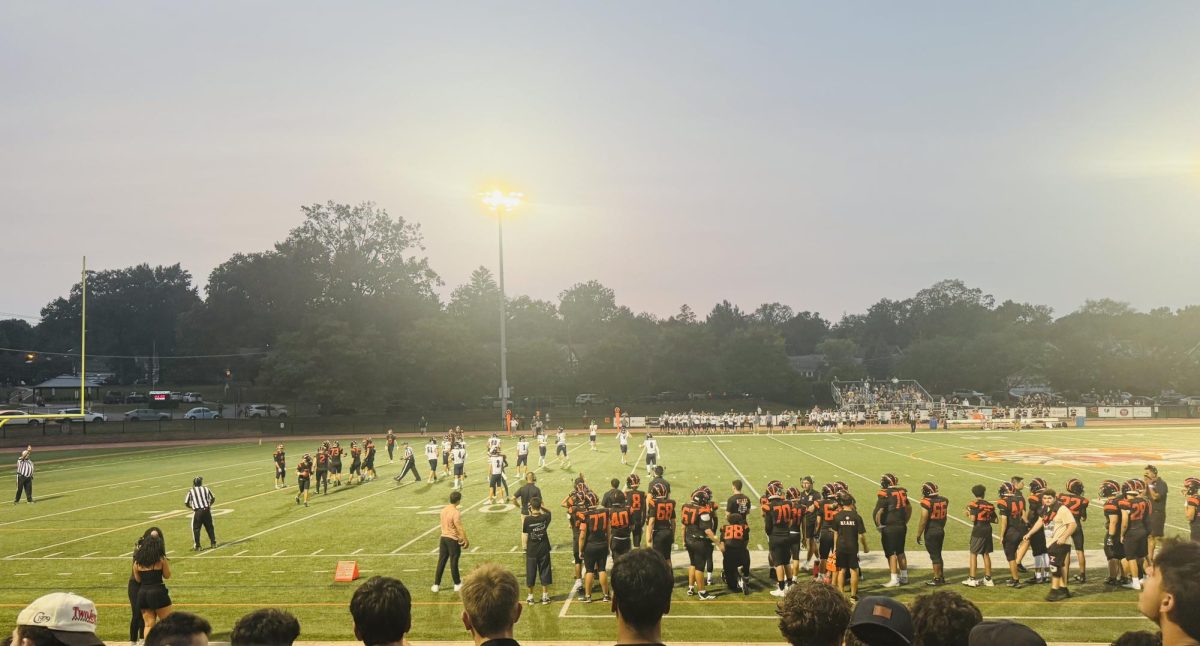Elementary Classrooms Take on Gender Stereotypes

January 13, 2022
Blue and pink name tags. Cars and blocks, and dolls and princesses. Boys should go play tag and run around at recess while girls should hold back and draw and color. Girls are supposed to study hard and get good grades, and boys are supposed to get in trouble. Why do we believe these common ideals to be true? Classrooms are supposed to be designed as places for education for all, so why are gender stereotypes still so prominent in schools?
Education plays a significant role in how students view the people, society, and world around us. Teachers hold the ability to influence not only their students’ educations, but their futures as well. Now more than ever, topics of gender and development, and how they can be taught in elementary education, are being discussed.
Sometimes teachers do not realize how they may subconsciously alter their learning approaches for different students. It is usually unintentional, but it can cause a difference between how girls and boys are treated by their educators, which can have harmful long-term effects. Especially in elementary education, this can be very detrimental in a student’s view of society and gender equity. Teachers may discipline boys more, whereas girls receive more praise. Girls are expected to be neat, clean, poised, polite, and good at subjects including art and language. Why do these subjects have a “feminine” connotation? Why should boys enjoy math, science, and engineering, while girls enjoy reading and writing? Many of these stereotypes stem from the media and are then reinforced in the classroom in these subtle ways. For instance, the media portrays math, science and engineering as a boy’s forte and reading and writing as a girl’s strong suit. Girls, especially, can also be influenced by psychological trends that cause them to work harder to keep receiving that praise from their teachers. As long as students and teachers enter the classroom with these characterizations in mind, and little is done to break these expected trends, these harmful stereotypes continue to prevail in education systems.
So, what can educators and districts do to respond effectively to these gender biases? Teachers should do their best at all times to fight these common gender stereotypes and biases by being aware of how they treat the students in their classrooms. Even simple things such as switching the colors, activities, and toys students that use can make a great difference. Promoting diversity and equity in the classrooms can help maintain a healthy and happy environment for students. In addition to this, students should be encouraged to break not only gender biases, but also prejudices against race, religion, cultural backgrounds, and sexual orientation to promote acceptance and diversity.
It is so easy to be unaware of the long-term effects that elementary education has on a child because of their young age. However, the things that adults say and express around children will stick with them for a very long time and influence their opinions and beliefs. These changes to classroom norms should not be feared, but celebrated, as they are helping to reach a point of greater gender equity and to resolve common gender stereotypes.
















































































































































